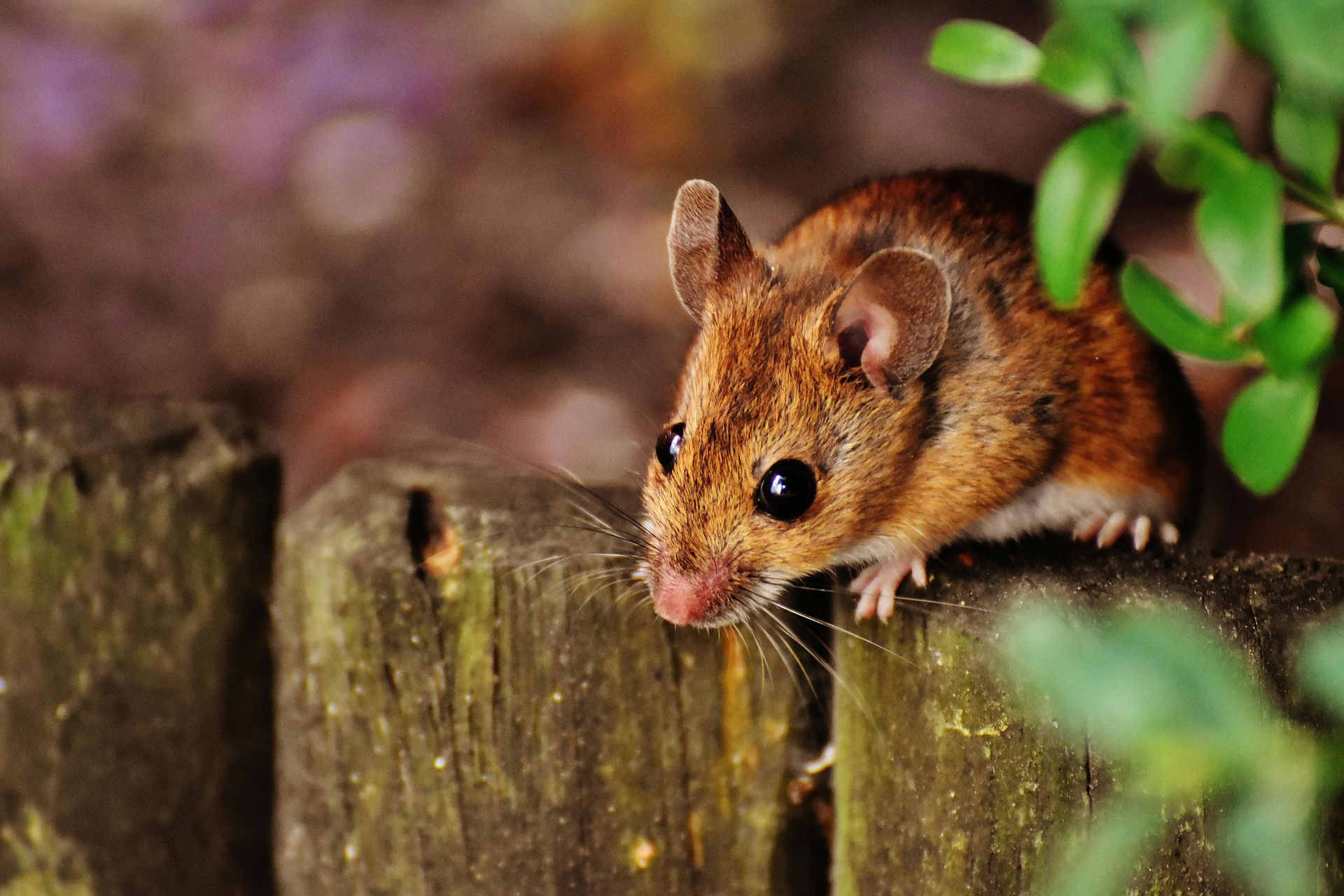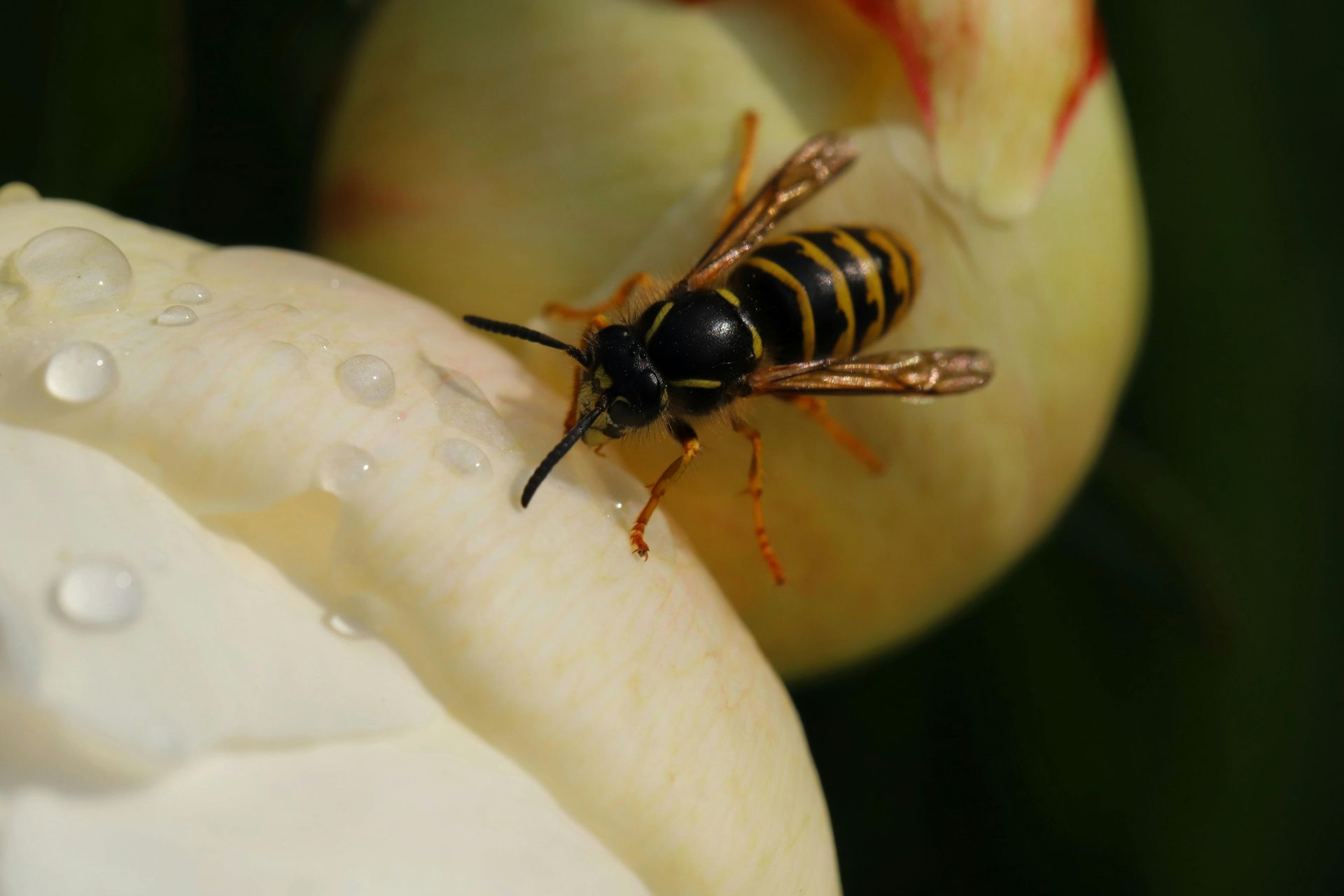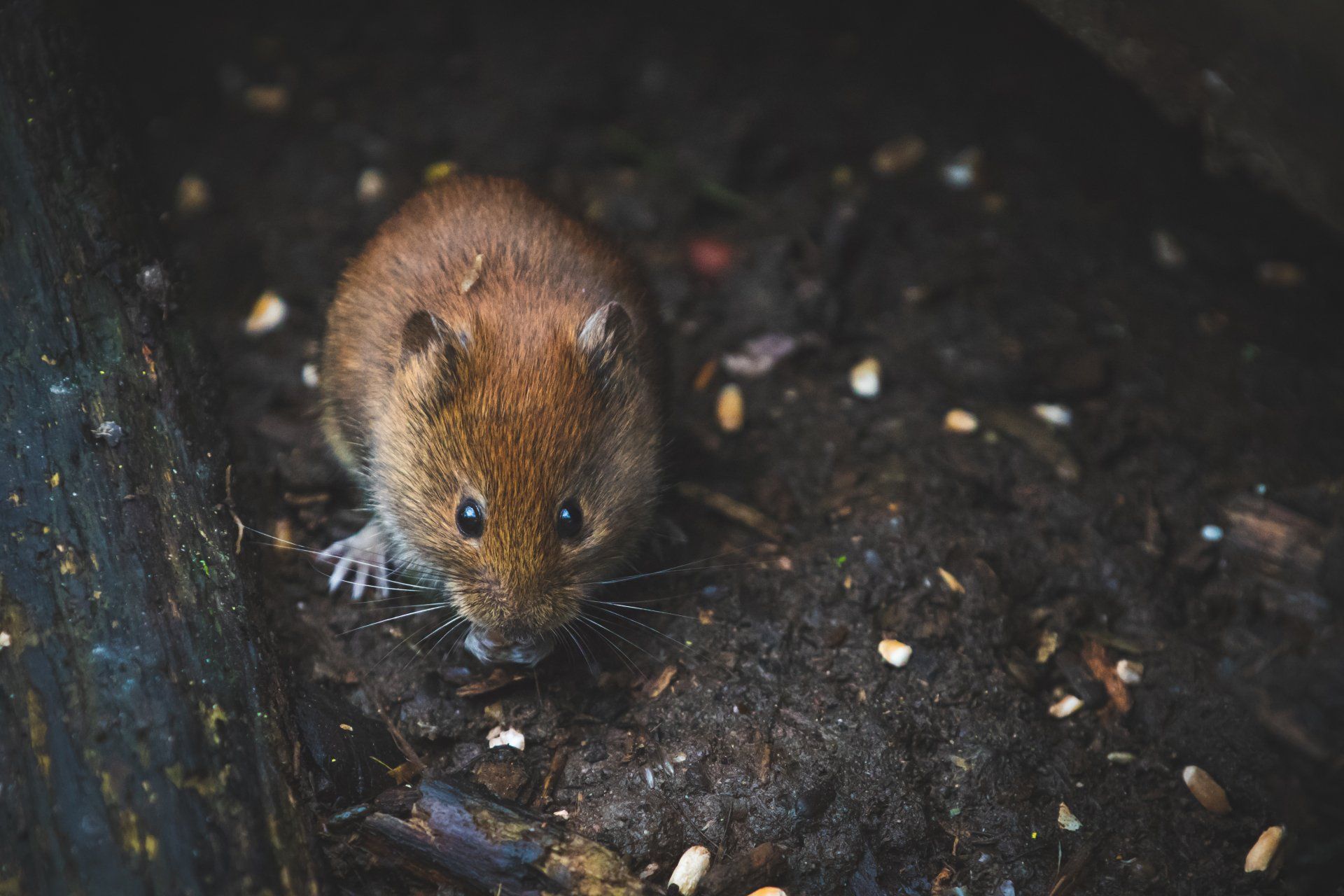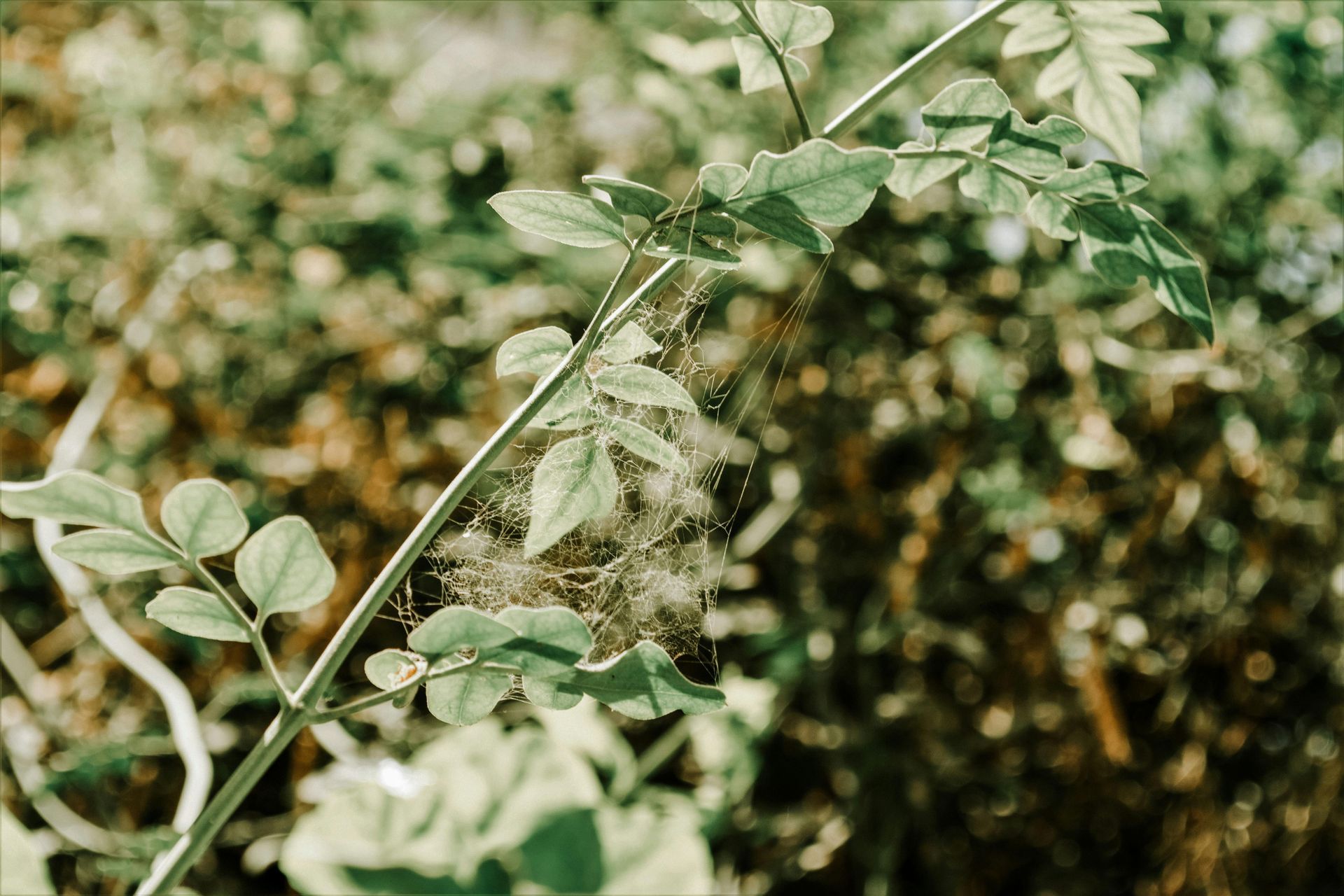What You Need to Know About Carpenter Bees
David Ratautas • April 26, 2020
Carpenter Bee or Bumble Bee?
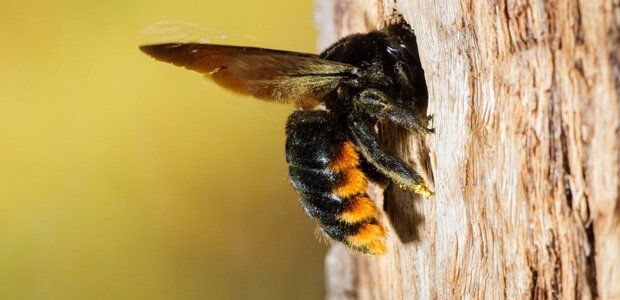
Carpenter bees are right around ¼ inch long with smooth black bodies, and are very often mistaken for bumble bees due to similarities in their appearance. Bumble bees are covered in yellow hair while carpenter bees are mostly hairless, making this an easy way to tell them apart. Also, carpenter bees will bore into wood creating “galleries” as a nest for their eggs, store food, and as refuge to survive the winter. The “galleries” they bore into wood are also ¼ inch, perfectly round, and are dug along the grain of their chosen wooden structure.
Unlike termites, carpenter bees don’t eat the wood they bore through so it’s common to see piles of sawdust-like material around the areas they’re infesting. However, both can inflict serious structural damage over time. Also, only the females have stingers and will only sting when threatened. The males of the species will only dive bomb any threats near the nesting site as an intimidation tactic, but won’t sting or bite. Carpenter bees aren’t all bad however, they also play an important role in pollination!
Carpenter bees prefer plain and bare wood, so one of the easiest ways to prevent a carpenter bee infestation is by painting, sealing, and varnishing doors, eaves, railings, and other wooden structures.
If carpenter bees are becoming a problem around your home, make sure to give your local Kaptar Environmental office a call for assistance from your local professionals!


